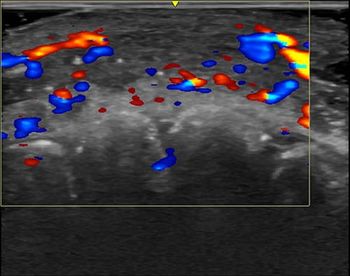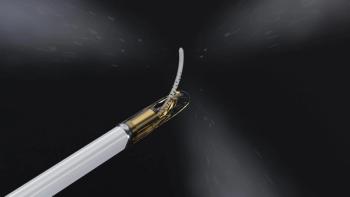
Radiology workstations found inadequate for intensive care use
The one-size-fits-all approach to radiology workstation design is no longer sufficient, according to a study from Canada. "While PACS vendors race to add more features to radiology workstations, there appears to be little interest in addressing
The one-size-fits-all approach to radiology workstation design is no longer sufficient, according to a study from Canada.
"While PACS vendors race to add more features to radiology workstations, there appears to be little interest in addressing specific workstation requirements of other hospital departments," said Adrian Moise, a researcher in the medical imaging lab at Simon Fraser University in Vancouver, BC.
His study (
"This is not a new trend. ICU physicians often act as a substitute for other specialists, such as cardiologists, gastroenterologists, orthopedists, and general surgeons," Moise said.
Allowing ICU physicians to perform initial interpretation of exams could even be a financial strategy for some clinical environments. Still, a PACS workstation should not be placed in the ICU until critical workstation requirements associated with the new environment are met, he said. Patterns of workstation usage differ between radiologists and ICU physicians.
"ICU physicians need reduced sets of functions, allowing for a heads-up, streamlined interpretation of CR images," Moise said. "The tools available for diagnosis should therefore adapt to the utilization pattern corresponding to the user's role and the type of disease investigated, using information supplied by RIS/HIS. The patients in the ICU ward should be listed using both their names and bed number. If tracking the patient's position in the ICU is not done automatically, PACS should provide functions to initialize/update the patient-bed association."
Moise's research focuses on three workstation requirements specific to ICU soft-copy interpretation:
- improved navigation while simplifying the user interface
- task automation using customized hanging protocols
- improved report turnaround time
When workstations satisfy user preferences for image appearance, such as the hanging protocols, the overall viewing time is decreased significantly. Productivity can go up without harming patient care because interpretation time, user fatigue, and tool usage are reduced, he said.
Newsletter
Stay at the forefront of radiology with the Diagnostic Imaging newsletter, delivering the latest news, clinical insights, and imaging advancements for today’s radiologists.




























